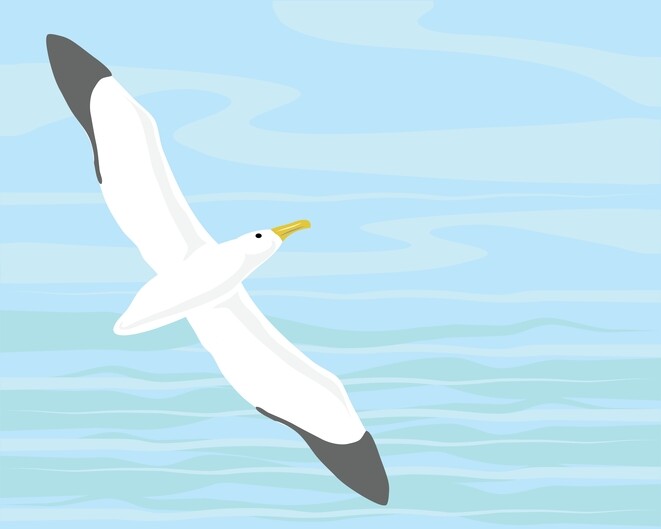We have some friends who just spent a month in Seville. After just a short time here, it’s easy to understand why, especially once we realized they’d timed their trip to be here for Easter Week. Ron and I had a vague recollection of the events that take place during that time but once our guide mentioned a 12 hour procession that involved 60,000 people, I looked it up. (I’ll admit I still have a visceral reaction to KKK type headwear, even though they’re worn in a completely different context.)
The best summary I found was this short video by Rick Steves:
We, however, were not in Seville during this time. However, it’s an amazingly grand city and we could easily see coming back to explore.
We arrived to the port of Cadiz (we’re in Costa del Sol country – “Sun Coast”) and it’s one of the easiest ports to just step off the ship and explore. We docked around 3 pm and promptly took a walk around the small peninsula, checked our happycow app for plant friendly food and enjoyed wine and dinner at an outdoor cafe.

Hummus is practically a major food group for plant food eaters (and Ron makes a GREAT version). However, he’ll have to up his game to make his this beautiful:

The falafel wasn’t too shabby either. The waiter knew we wouldn’t want the tzatziki so he substituted a tomato sauce.

The Cadiz map below suggests walking routes, which are color coded. Not only that, they’re color coded with the same color stripes on the sidewalks. Granted, some stripes are getting a bit worn but it’s clear they love their tourists.






I DO NOT want this pruning job.

The frames around the planting holes on this street are marble.

The main streets are separated for cars, bikes and scooters, and pedestrians.



An example of a pavilion that was built for the 1929 exposition:

The star of the exposition show – The Plaza De Espana









From here, we had a visit at the Pontius Pilate Palace.
From Wikipedia:
“On 20 October 1520, Don Fadrique (the first marquis of the region) returned from a trip through Europe and the Holy Land. During Lent in 1521, he inaugurated the observance in Seville of the Holy Via Crucis (Holy Way of the Cross). The route began in the Chapel of the Flagellations of his palace and ended at a pillar located not far from the Templete, or Cruz del Campo (The Cross of the Field) located outside the city walls. This route ran the same distance of 1321 paces supposed to have separated the praetorium of Pontius Pilate from Calvary.” Thus, this residence for the dukes ultimately became known as the Pontius Pilate Palace.





This is the helmet from a 5th century Greek statue of Mars.


After the visit to the palace, we walked to the cathedral.

This dog was a little nervous and his owner was doing a great job keeping him calm while we all filed by.


First view of the cathedral




Pipe organ



A few of the chapels (of 80) in the cathedral
Found out that the number of pillows below your head is an indicator of rank. I think the maximum is 4 – this is the tomb of Juan de Cervantes, a bishop. The tomb is carved in alabaster.

According to our guide, the main doorway is never opened unless you’re royalty (or similar) and getting married or being buried. This is an image of what we would have seen were that doorway opened.

There was a small room with crowns and such.

The tomb of Christopher Columbus


Back to the ship. I don’t want this pruning job either.

Next stop: Malaga


Chris Columbus is buried in several places as everyone claims him. lol, we saw another grave as well. Of course I can’t remember where now.
We are Enjoying your trip! Hugs, Suzy
I think there must be a guide guidebook that talks about how Columbus kept traveling even after he died! Our guide stated that a DNA matchup was done with his remains in Seville and one of his descendants so he was quite sure they actually have him. Having listened to the DNA speaker recently at PVE, I’d love to have the conversation with her.
The intricacy of the different tombs, churches, etc. is absolutely amazing.